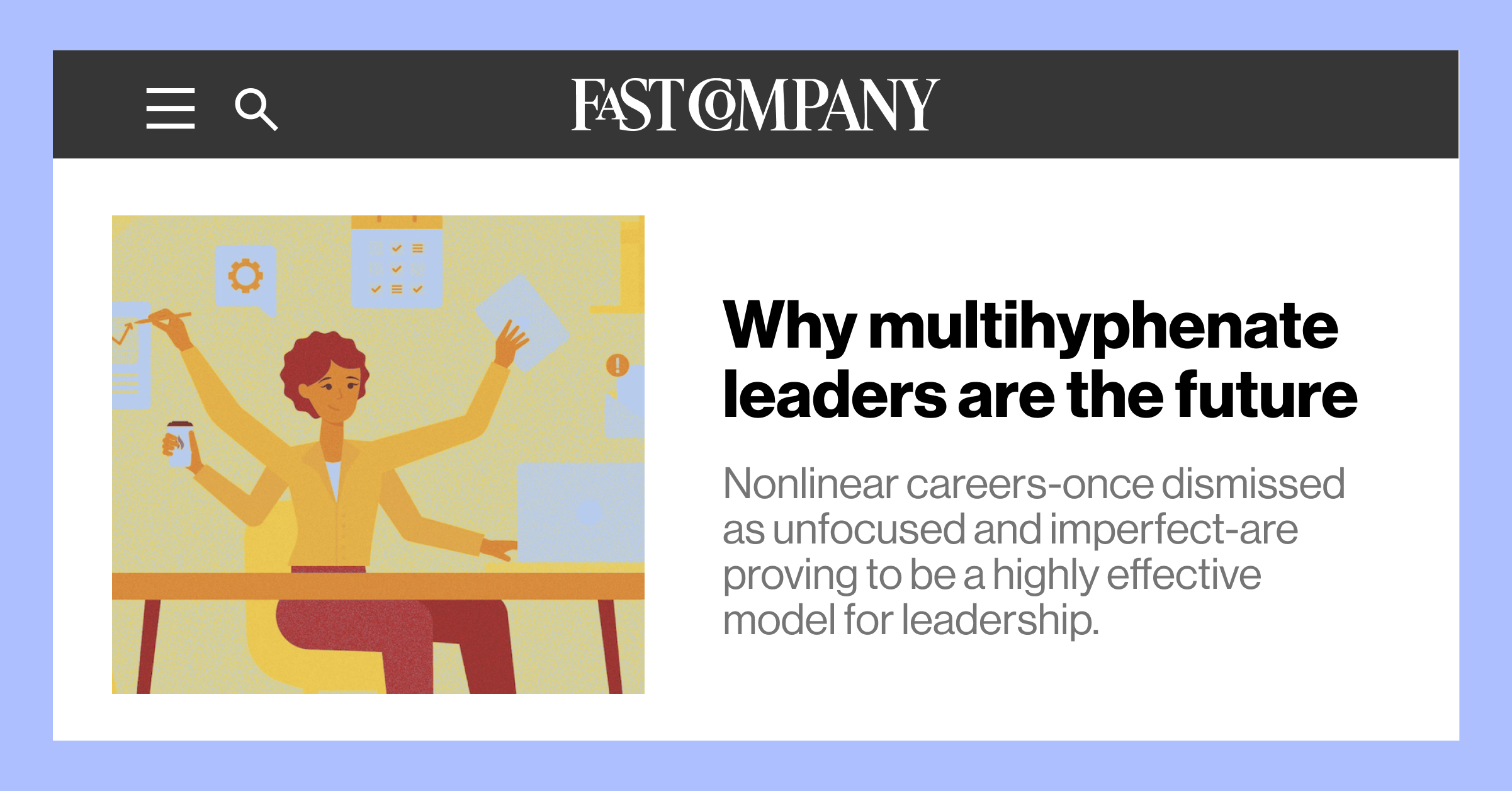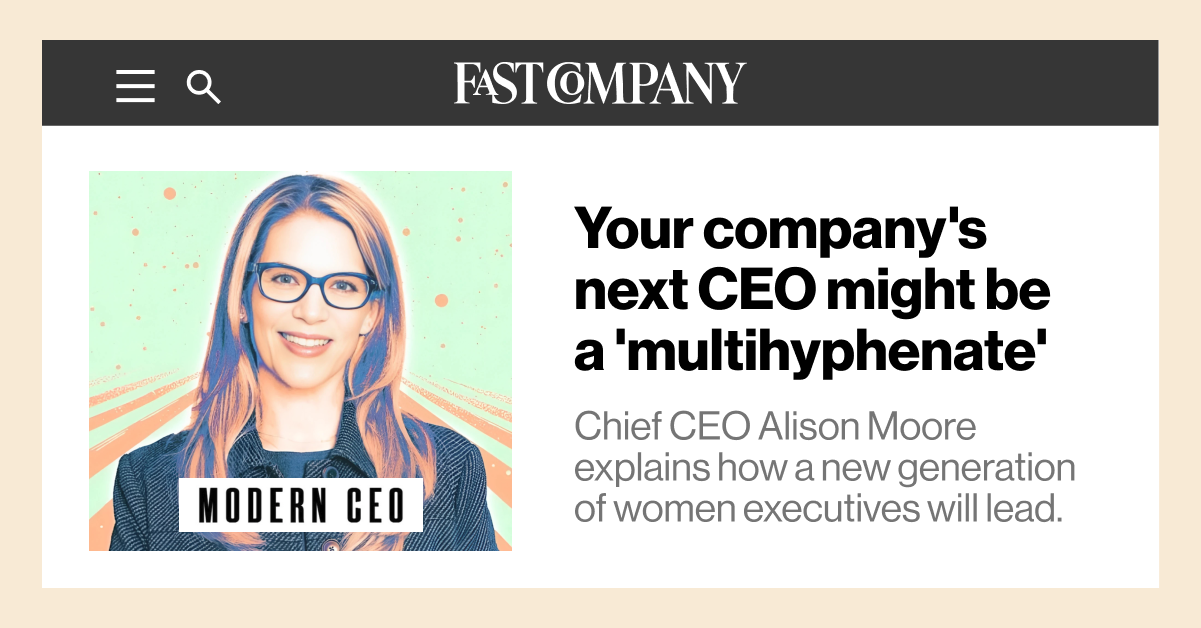Today, women account for more than half of America’s college-educated labor force, but those gains haven’t managed to narrow the wage gap between women and men, especially for mothers. Data from the National Women’s Law Center shows that working moms still face a persistent wage penalty, regardless of educational attainment.
Mother’s working full-time, year-round earn $0.74 for every dollar paid to full-time working dads, while part-time moms earn just $0.62 for every dollar paid to their part-time counterparts. Over the course of a year, this leads to roughly $20,000 in lost wages, with women of color losing even more, according to NWLC.
Mothers with a bachelor's degree earn just $0.66 for every dollar paid to equally-educated dads.
National Women's Law CenterThe wage gap between moms and dads gets even larger with more education. Mothers with a high school diploma are paid $0.72 for every dollar paid to fathers of the same education level. And mothers with a bachelor’s degree face an even steeper gap, earning just $0.66 for every dollar paid to equally-educated dads. Over a year, this equals a total of $31,000 in lost wages. For mothers with a master’s degree, the wage gap does stop growing but it still remains wide, with moms earning $0.68 for every dollar paid to their male counterparts.
“The wage gap exists across all levels of employment and educational achievement for different but interlocking and overlapping reasons,” says Laura Narefsky, Senior Counsel on the Workplace Justice team at NWLC. “There is still a devaluing of care work and that shows up in the paid labor force, including in the way that teachers, nurses, homecare workers, childcare workers, and other care jobs done by women are treated and compensated.”
The arrival of a first-born child doesn't impact a man's pay, but mom's experience a 51% doc in pay.
Proceedings of the National Academy of SciencesIn fact, a significant portion of the pay gap between women and men is attributable to motherhood, with moms facing a wage penalty with each additional child. Previous research shows that the arrival of a first-born child doesn’t impact a man’s earnings, but moms experience a 51% doc in pay that is equivalent to an average loss of $8,000 annually. And, when looking at workplace commitment, studies show that moms are seen as being 12% less committed to their jobs than non-moms, while dads are seen as being 5% more committed to their work than non-dads.
When examining higher wage roles in corporate America and the C-Suite, Narefsky says that the devaluing of women’s work is no different. The pay gap for executive women today is the largest it’s been since 2012.
That’s because executive women receive lower average base salaries than their male counterparts, and smaller equity-based compensation packages. They are also disproportionately represented in roles like Chief Human Resources Officer, Chief Diversity Officer, or Chief Marketing Officer. While these positions are key to a company’s growth, Catalyst CEO Lorraine Hariton says that they often don’t make as much money as male-dominated roles like Chief Revenue Officer or Head of Investment Banking. These roles, she says, “tend to be more risk-oriented with high bonus and stock options because they impact the bottom line of the organization directly.”
This Mother’s Equal Pay Day, Narefsky, along with Vicki Shabo, Senior Fellow for Paid Leave Policy and Strategy with Better Life Lab at New America, discuss the policies and practices business leaders should implement to eliminate the wage gap and prevent bias and discrimination against moms.
1. Build a Culture of Pay Transparency
With women facing a persistent wage gap throughout their career, Shabo says it’s important for leaders to create space for employees to openly talk about their salary without facing repercussions. HR managers should also avoid relying on past salary history when hiring and promoting employees, and instead pay employees based on clearly outlined company pay metrics. Currently, 22 states have implemented laws that prevent employers from asking about a candidate’s salary history. Doing this not only ensures that employees doing the same job are paid fairly, but it also prevents women from being penalized if they were previously underpaid in their last role, a factor that significantly exacerbates the wage gap
2. Provide Caregivers With Equal Access to Work Opportunities
“When employers either explicitly or implicitly view workers with caregiving responsibilities as less committed, less able to show up, and less ready to take on a big new project or a promotion, those implicit biases or explicit expectations seep into the way women are treated and compensated in the workforce,” says Narefsky.
That’s why, Shabo says it’s important for leaders to be mindful of how they structure expectations around jobs and promotions to ensure that all employees, including working moms and caretakers, have equal access to excelling in that role. For example, she says leaders should be mindful of things as simple as meeting times. If most of your company meetings are early in the morning or late in the work day with no flexibility for rescheduling, then moms, dads, and any other employee who helps with child pick-ups and drop-offs could be impacted.
To ensure that all employees are able to advance fairly at work, Shabo says that enforcing flexible work policies are key. This includes, she says, “the ability to control when you start and stop work, the ability to leave early if you need to take a child to a doctor's appointment or go to your own doctor's appointment, or if you need to tend to life things that happen in the middle of a work day.”
According to data, unsupportive workplaces exact a steep toll for women, with four in 10 needing to take a career break at some point in their professional journey. Not only does this impact their current career earnings, but data shows that the average woman who takes a five-year break loses roughly $476,000 when lost income and retirement savings are calculated.
3. Use Your Influence to Drive Equal Pay and Paid Leave Nationally
Beyond equal pay policies and practices in your own organization, Shabo says that business leaders can also be key influencers in driving equitable practices in legislation, which in turn, impacts all businesses. That’s why, she says supporting government policies like nationwide paid family and medical leave programs and the Paycheck Fairness Act, which prohibits wage discrimination on the basis of sex, can have a huge impact in moving the needle forward on equitable workplaces for women.
“It creates a baseline of paid leave for all working people that businesses of course can top up or add to, but it ensures that workers at all levels and of all employers have access to a basic level of paid leave, which helps to create both a stronger workforce and a bigger workforce,” she says.
While it’s often understood how the wage gap directly impacts a woman’s salary, Shabo says it’s even more important for leaders to understand how this disparity also impacts families and the economy, as more American women are breadwinners in their home.
“So when women are paid lower wages it means that families are losing out both in the short-term, and in the long-term on economic security in terms of retirement savings, savings for kids going to college, and other things that we plan for in the future,” she says.



